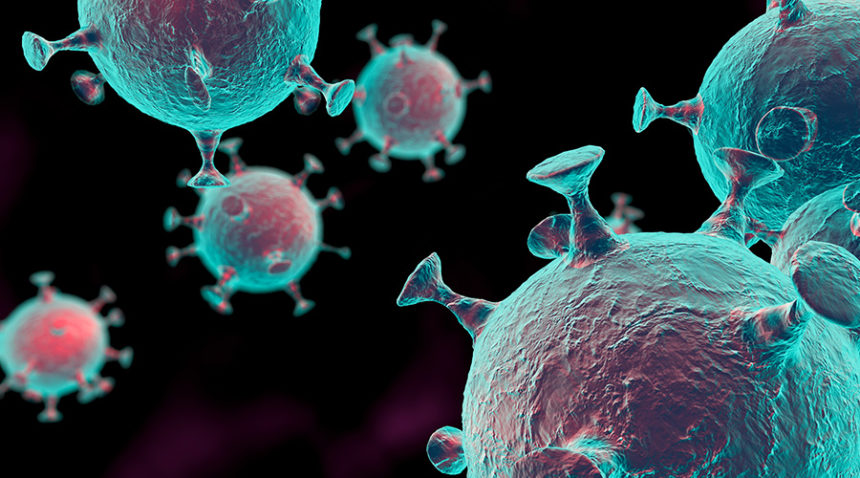by Dr. Clark Hansen, NMD | Oct 21, 2010 | Hormones, Medication, Men's Health, Women's Health
Synthetic Hormones Cause Cancer – Bio-Identical Hormones Prevent Cancer October 21, 2010, Scottsdale, AZ – A new study released yesterday from extended analysis of the Women’s Health Initiative (WHI) reveals that postmenopausal women taking combined...

by Dr. Clark Hansen, NMD | Oct 10, 2010 | Health Research, Medication
For years, the Centers for Disease Control (CDC) has been citing an annual estimate of 36,000 deaths from flu. That figure has been used to justify mandatory flu vaccination for children and has been parroted the world over by news organizations that never question...
by Dr. Clark Hansen, NMD | Sep 10, 2010 | Health Condition, Health Research, Medication
Attention Deficit Hyperactivity Disorder (ADHD) affects as many as 30 million Americans, that’s roughly 10% of the population. Approximately 5-9% of children ages 9 to 17 are affected and as many as 2–4% of adults are affected. Most studies show that boys are affected...
by Dr. Clark Hansen, NMD | Sep 6, 2010 | Health Condition, Health Research, Medication
August 31, 2010 For years, the Centers for Disease Control (CDC) has been citing an annual estimate of 36,000 deaths from flu. That figure has been used to justify mandatory flu vaccination for children and has been parroted the world over by news organizations that...
by Dr. Clark Hansen, NMD | Aug 17, 2010 | Health Condition, Health Research, Hormones, Medication, Women's Health
Some American girls are developing breasts as young as age seven, researchers have found. Although there’s no conclusive evidence as to what is causing girls to develop early signs of puberty, environmental exposure to estrogens and chemicals that mimic estrogen...
by Dr. Clark Hansen, NMD | Jul 2, 2010 | Food and Nutrition, Health Condition, Hormones, Medication
Attention Deficit Hyperactivity Disorder (ADHD) affects as many as 30 million Americans, that’s roughly 10% of the population. Approximately 5-9% of children ages 9 to 17 are affected and as many as 2–4% of adults are affected. Most studies show that boys are affected...


